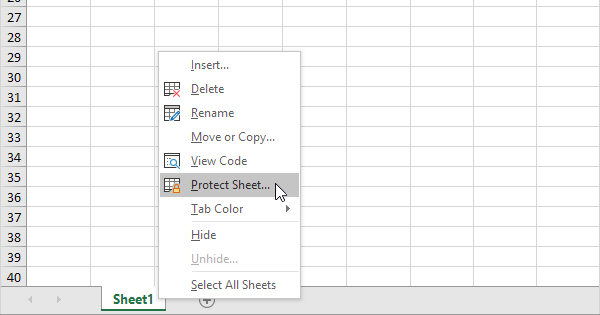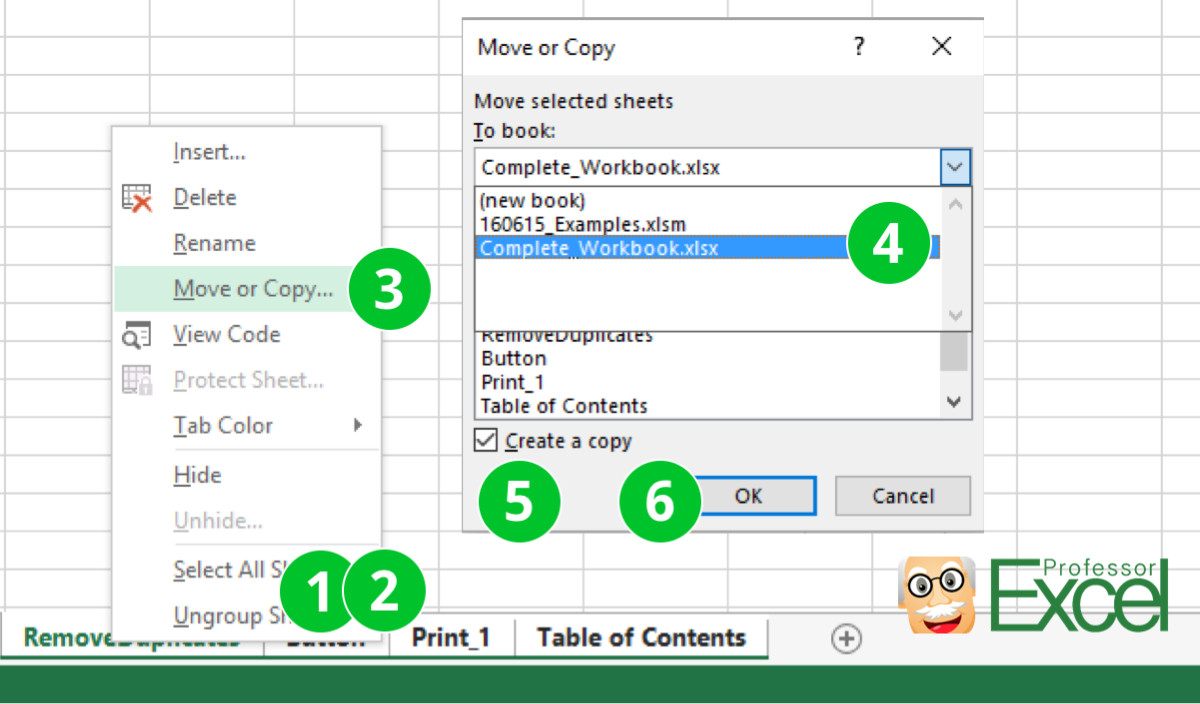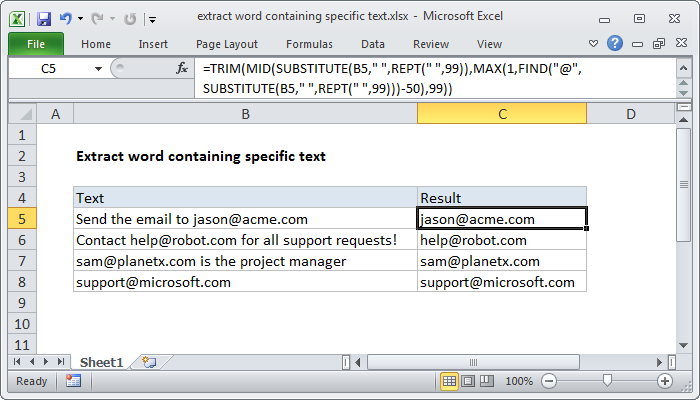Extract Data Sheets from Excel Easily: Step-by-Step Guide

Excel remains a powerful tool for organizing and analyzing data, but when it comes to extracting data sheets from Excel files, many users find the process daunting. Whether you need to export specific data for a presentation, compile reports, or share information with team members, understanding how to pull out sheets from Excel can streamline your workflow. This comprehensive guide will walk you through multiple methods to extract Excel sheets, ensuring you have the skills to manage your data efficiently.
Why Extract Data Sheets?

Before diving into the “how,” let’s consider why extracting data sheets from Excel might be necessary:
- Collaboration: Sharing specific datasets without sending the entire workbook.
- Security: Protecting sensitive information while sharing relevant data.
- Customization: Modifying and analyzing data in a separate environment for specific needs.
Method 1: Using Excel’s Built-In Feature

1. Open Your Excel Workbook

Start by opening the Excel file from which you want to extract a sheet.
2. Navigate to File Tab

At the top of the Excel window, click on the ‘File’ tab to open the Excel backstage view.
3. Choose Save As

From the menu, select ‘Save As’ to access different save options.
4. Select Save Format

Choose a location to save the file, and under ‘Save as type,’ opt for ‘Excel Workbook’ or another format if needed.
5. Click Options

A ‘Tools’ menu will appear at the bottom of the window. Click on ‘Options’.
6. Extract Sheets

In the ‘General Options’ dialog box, find the list of worksheets. Uncheck all sheets except the one you wish to extract, or use the ‘Shift’ or ‘Ctrl’ key to select multiple sheets.
7. Save

Click ‘OK’, then ‘Save’ to save the selected sheets in a new file.
💡 Note: Be cautious when saving files in different formats as some features or formatting might not be supported.
Method 2: Using VBA Macros

1. Enable the Developer Tab

Go to File > Options > Customize Ribbon, check the ‘Developer’ box, and click OK.
2. Open the VBA Editor

Click on the ‘Developer’ tab and select ‘Visual Basic’.
3. Insert a New Module

In the VBA Editor, right-click on any of the objects in the Project Explorer, choose ‘Insert’ > ‘Module’.
4. Write or Copy the Macro Code
Sub ExportSheet()
Dim ws As Worksheet
Set ws = ThisWorkbook.Sheets(“Sheet1”)
ws.Copy
With ActiveWorkbook
.SaveAs Filename:=“C:\path\to\file\ExtractedSheet.xlsx”, FileFormat:=xlOpenXMLWorkbook
.Close savechanges:=False
End With
End Sub
5. Run the Macro
Press ‘F5’ or ‘Run’ to execute the macro, which will save the specified sheet as a new Excel file.
📝 Note: Modify the path and sheet name in the macro as per your requirements.
Method 3: Using Excel’s Power Query

1. Open Power Query Editor
Go to the Data tab > Get Data > From Other Sources > From Microsoft Query.
2. Set Up Query
Select the Excel file from which you want to extract data. Choose the sheet and the data range you want to export.
3. Load Data
Click ‘Load’ to import the data into Excel.
4. Save or Export
From the ribbon, use ‘Close & Load’ to bring the data into your current workbook or ‘Close & Load To’ to choose how to load or export the data.
🔍 Note: Power Query is particularly useful for manipulating data before exporting.
Method 4: Using Third-Party Tools

1. Download and Install Software
Look for reputable software that can handle Excel extraction tasks, like Kutools, Excel-Tool, or Aspose.
2. Import Excel File
Open the tool and import your Excel workbook.
3. Select Sheets
Choose the sheets or data you want to extract.
4. Export Options
Select the file format and other export options provided by the tool.
5. Export
Follow the software’s instructions to export the selected sheets to a new file.
In conclusion, extracting data sheets from Excel is a task that can be approached in several ways, each with its own set of advantages. Whether you're manually selecting sheets or automating the process with macros, the methods outlined above provide flexibility to suit various needs. Remember to keep your data secure, especially when using third-party tools, and consider the formatting implications when saving files in different formats. Understanding how to efficiently extract data sheets not only saves time but also enhances your data management capabilities, making you more proficient in using Excel for collaborative and analytical purposes.
Can I extract multiple sheets at once?
+Yes, you can extract multiple sheets at once using Excel’s Save As option or by modifying the VBA macro code to loop through the sheets you need.
How do I maintain the formatting when exporting sheets?
+When using the Save As method, keep the file format as ‘Excel Workbook’ (.xlsx). This preserves most of Excel’s formatting. VBA macros and third-party tools might also allow you to save as an Excel workbook with preserved formatting.
Is there a way to automate the extraction process?
+Yes, using VBA macros allows for automation. You can set up macros to extract sheets at specific times or when certain conditions are met in your workbook.



